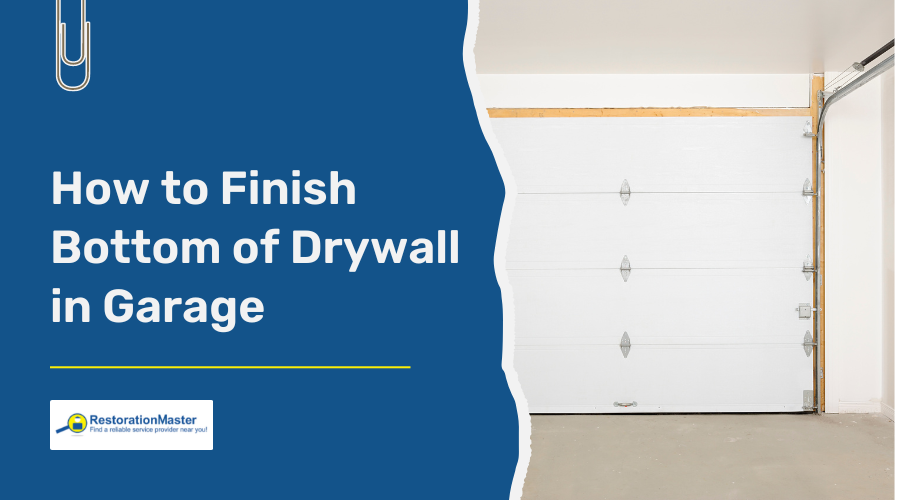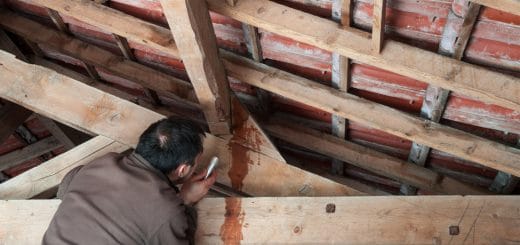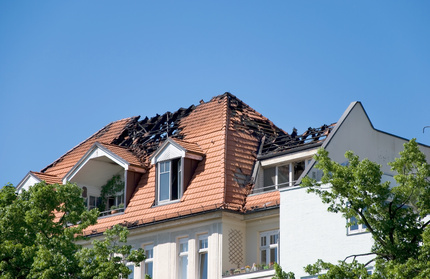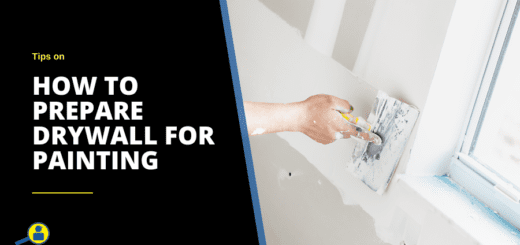How to Finish Bottom of Drywall in Garage

Transforming the garage by finishing the bottom of the drywall can have enormous benefits. Not only does the homeowner add value to the home, but the garage would provide a comfortable, temperate place to work year-round. Here’s how to finish the bottom of the drywall in the garage.
What are the benefits of drywalling the garage?
Adding drywall over the insulationInsulation is a material used in buildings to reduce the tra... More in the garage is effective for regulating temperature. In colder geographic areas, it keeps the temperature inside the garage above freezing while also preventing frozen pipes. In warmer locations, adding drywall keeps hot air outside.
A comfortable garage is not the only benefit. Drywalling the garage makes it easier to install electrical outlets. In an unfinished garage with concrete walls, it becomes necessary to break a part of the wall to add electrical outlets; running wires through concrete walls is also difficult.
It’s easier to add electrical outlets and hide the wires behind the walls in a drywalled garage. Electrical outlets in the garage allow homeowners to plug in power tools and work. As an additional workspace, a finished garage can add thousands of dollars to the sale price of the home.

Unfinished Garage
What are the steps to finish the bottom of drywall in the garage?
Before starting on finishing the bottom of the garage drywall, gather the necessary tools: stainless steel drywall knife, taping knife, corner trowel, and drywall mud pan. Also needed are sandpaper in various grouts, joint compound, mesh drywall tape, and a pole sander.
RELATED BLOG: How to Prepare Drywall for Painting
1. Maintain a gap
Finishing the drywall bottom comes after installing the upper portion of drywall in the garage. Keep in mind that during the finishing process, it’s important to maintain a 1/2-inch or 5/8-inch gap between the floor and the bottom of the drywall.
A gap prevents moisture on the garage floor from whisking upward into the absorbent drywall and contributing to moldMold is a type of fungus that grows in damp or humid conditi... More growth. Concrete garage floors are also not level, causing large gaps between the sheets of drywall. Floor expansion during weather changes can leadLead is a heavy metal that can be toxic to humans, especiall... More to cracks in the drywall.
2. Fill in gaps between drywall sheets
Large gaps, such as those bigger than 1/4-inch, require mesh tape in addition to joint compound. Place the mesh tape along the gaps and insert joint compound through the holes in the tape. The mesh tape allows the compound to set properly. Allow it to dry overnight and then sand.
3. Add mud over drywall screws
Add two coats of drywall mud over the screws. Make sure the screws are flush against the wall; otherwise, the edges of the screws will be visible through the mud. Cover the screw with joint compound using a drywall knife. Allow the compound time to dry.
4. Tape the seams
A flat wall is preferred over a bumpy one. Fitting drywall sheets together can produce either flat or butt joints. A mix of both is common. Smooth out the edges of the drywall mud. Smoother edges mean less sanding later. Once the joints are taped and mudded, let them dry.
If bubbles appear along the drywall underneath the drywall tape, cut them out with a utility knife. The cutout space can be filled with compound as any other hole or gap. Be sure to add a sufficient amount of drywall mud underneath the tape.

Garage Drywall Installation
5. Sand and skim coat
After adding drywall mud to a joint, it is important to sand the wall once it dries to ensure it appears as smooth as possible. An option before priming and painting is to apply a skim coat, which gives the drywall a consistent surface upon which to paint.
6. Gather supplies for priming and painting
Priming and painting the drywall requires latexLatex is a natural or synthetic rubber material commonly use... More primer, latexLatex is a natural or synthetic rubber material commonly use... More paint in the desired wall color, and 3/4-inch paint rollers. Protecting against overspray can be accomplished with a plastic sheet, old towels, or painter’s tarp. Homax water-based drywall spray texture is optional.
7. Add texture
Homax spray texture is preferred by industry professionals since it provides either a light or heavy texture. Protect the floor from overspray by laying down a tarp or a plastic sheet. Apply texture to the wall, disregarding overspray and instead aiming to blend the texture with the existing walls.
8. Apply primer
A primer coat can be added once the texture is dry. A multi-purpose water-based wall primer is recommended. Use a water-based primer for water-based paint, and oil-based primer for oil-based paint. Although it takes one hour to become dry to the touch, give the primer three hours to dry.
9. Paint the garage drywall
Opt for interior paint when painting the garage drywall (exterior paint is not advised). A paint with a satin finish is also recommended by industry pros. Apply two coats of paint to ensure an even finish. Let each coat dry fully before starting the next coat.

Finished Garage Wall
Finishing the bottom of drywall in your garage may seem like a daunting task, but by following the outlined steps carefully, you can achieve a professional-looking result. Proper preparationPreparation is the steps taken to ready a property, equipmen... More, taping, and mudding will enhance the overall appearance and durability of your garage walls. Don’t forget to allow ample dryingDrying is the process of removing moisture from materials, s... More time between each phase and to recognize the importance of priming and painting for both aesthetics and longevity. With a bit of patience and the right supplies, your garage can transform from an unfinished space into a functional and visually appealing area. Now, roll up your sleeves and get started on your drywall project – your garage will thank you!












